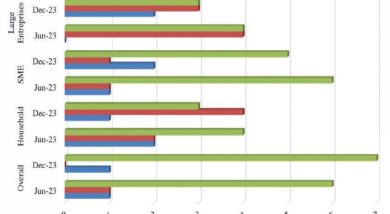Turning your financial situation around
So here we are in 2011. You look back at your financial situation and you wish the New Year also meant new financial life.
You discover your have completely missed attaining the 2010 financial resolutions. As if this is not enough, your spouse mocks you ‘mupangaso ena ma financial resolutions chaka chino? (Are you having another set of financial resolutions for 2011 after failing miserably in 2010?)’. You choose not to answer the question because ukuopa kuyankha pambali (afraid your response may be in distaste)’.
You wish your creditors cancelled the accumulated 2010 debts. You wish your bosses gave you a salary boost with or without performance evaluation; you wish you were not married so you had no children to support this year; you wish you won a jackpot and had sky scrapers across the country.
Summarily, you wish there was an improvement in every department of your financial life. Comparing your current state with your state in the past is the most worthwhile yardstick of progress than comparing yourself to the progress of others. So with all the nudging from your spouse and friends, go ahead and set yourself new targetsâ€â€just learn to live up to them this time.
The entire point here is to keep yourself motivated towards your goals. Keeping track of your targets keeps your big goals front and center in your mind. Combining that with a visual reminder of your goal can be particularly powerful, as it keeps your goal front and center in your mind and also demonstrate your progress clearly.
I wish to draw you to four areas you may wish to carefully track progress in 2011:
Track your assets. Here, include the assessed value of your car, home (if you have oneâ€â€not a rented one) plus the balances of any investment accounts and savings accounts you (includes your spouse if married) have. For us, in a normal month, this amount moves up slowly over the previous month, meaning we are actually saving money. Some months see a precipitous drop, for example, if we are paying school fees.
Track your debts. This is key if you’re trying to plow your way through a debt repayment plan. Each month, you record the balance of each debt, then add them up. If you’re actually pushing well on that debt repayment plan, the total balance of your debts should significantly drop each month. If you don’t see your debt dropping, you need to take a serious look at what’s going onâ€â€you could be accumulating more debts than you are repaying.
Track your spending. Whenever you spend, jot it down. Keep track of all of it and, at the end of the month, add it up. Even more important, divide that spending into categories – utilities, necessary food, eating out, groceries, entertainment, school fees, books – and total up each category. This technique is powerful because it shows you the areas where your spending is out of control and you need to tighten up. This could also reveal to you which months you spend more than others and in which particular categories.
Keeping track of your progress in this way becomes a huge aid for setting goals. It helps you know where you are overspending and could cut so you can release resources for reducing your debts.




